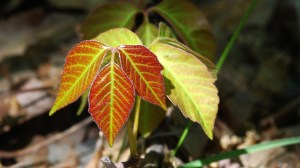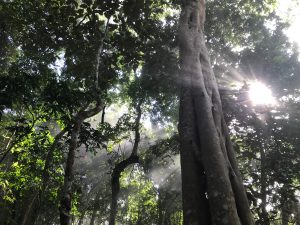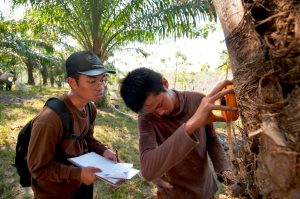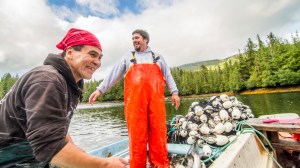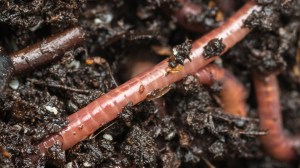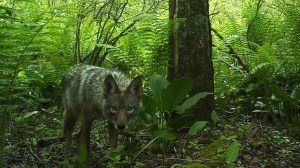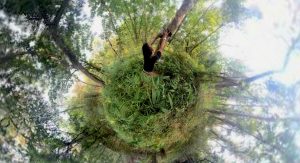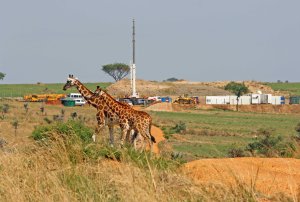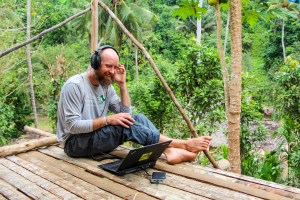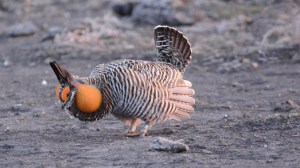Discover stories in Uncategorized
Poison Ivy: Busting 6 Myths to Avoid the Itch
Avoid the itch – and learn some cool science – as we bust popular myths about poison ivy.
Illegal Logging & Energy Shortages Pressure Myanmar’s Forests
Facilitated by organized crime, illegal logging threatens to destroy Myanmar’s forests. But a national energy crisis and the ensuing fuelwood demand pose an equal threat.
The Ultimate Guide to Yellowstone Wildlife Viewing
Everything you need to see great wildlife responsibly in Yellowstone National Park.
From Academia to Action: Conservancy Science in Asia & the Pacific
Lead scientist Eddie Game shares his thoughts on what it means to be a science-based organization, and how Conservancy scientists help deliver on-the-ground impact.
Science and Economic Development in the Emerald Edge
Working in partnership with indigenous peoples and local communities is critically important to achieving outcomes for people and nature. Social science is the backbone of The Nature Conservancy’s approach to strengthening voice, choice and action.
Could Red Wiggler Worms Eliminate Stinky Campground Toilets?
The least fun part of summer camping? Smelly toilets. But a scent-free future may lie with a humble worm.
Who’s Smiling on Canid Camera?
Three photos. Three questions. That’s all there is to it. Your identifications help give conservationists the information they need to restore young forests where wildlife thrives.
Deciding the Fate of Myanmar’s Forests
After decades of overharvesting, Myanmar’s forests teak are at a crisis point. But with recent political change comes great opportunity.
How Can We Protect Endemic Species in the Face of Urban Growth?
There will be almost 2 billion additional urban dwellers by 2030. In the face of this massive urban growth, how can we protect plants and animals that are endemic to different regions around the world?
Intense Human Pressure Threatens One-third of Protected Areas
Protected areas are the most common tool used by conservationists to protect biodiversity. But what if they don’t actually work?
A Q&A with Eddie Game: How Acoustics Are Changing Conservation
Conservancy scientist Eddie Game explains how acoustics could revolutionize conservation data collection.
Could Prairie Chickens Come Booming Back?
Prairie chickens were once so abundant in the Great Plains that they were hunted for the market and shipped by the trainload to New York City. Could prairie restoration bring them booming back?
